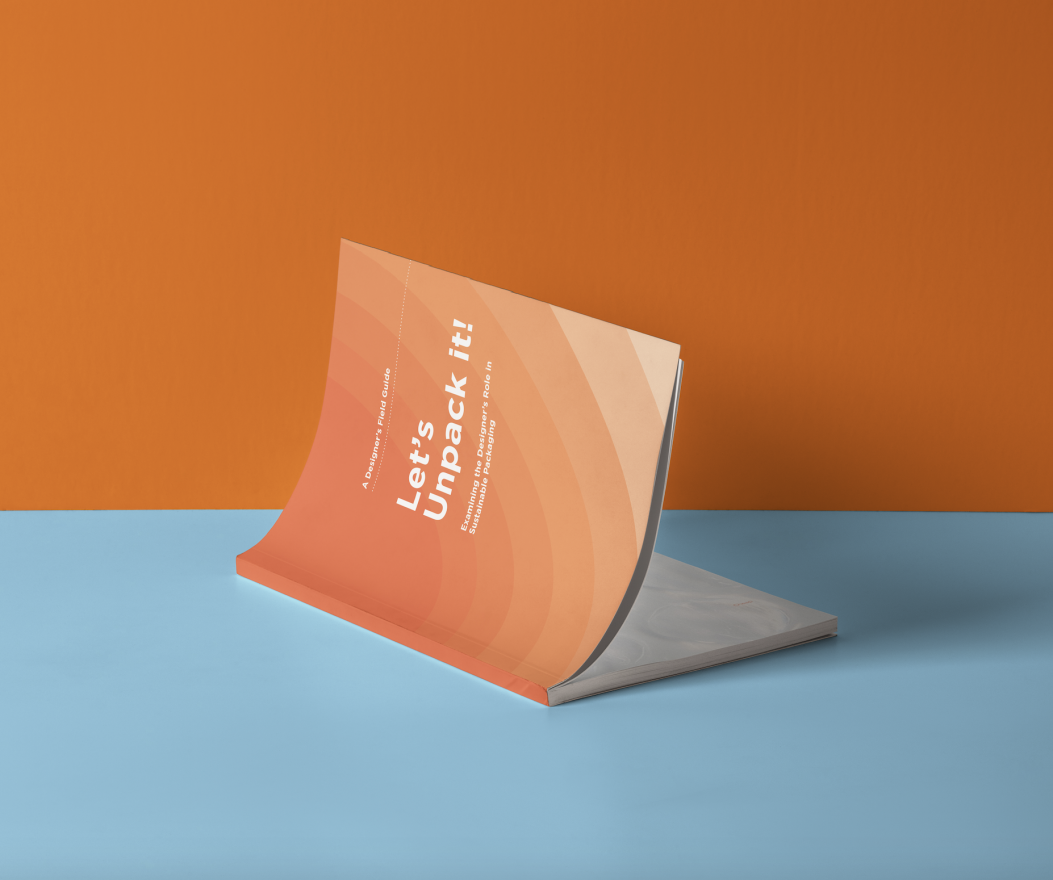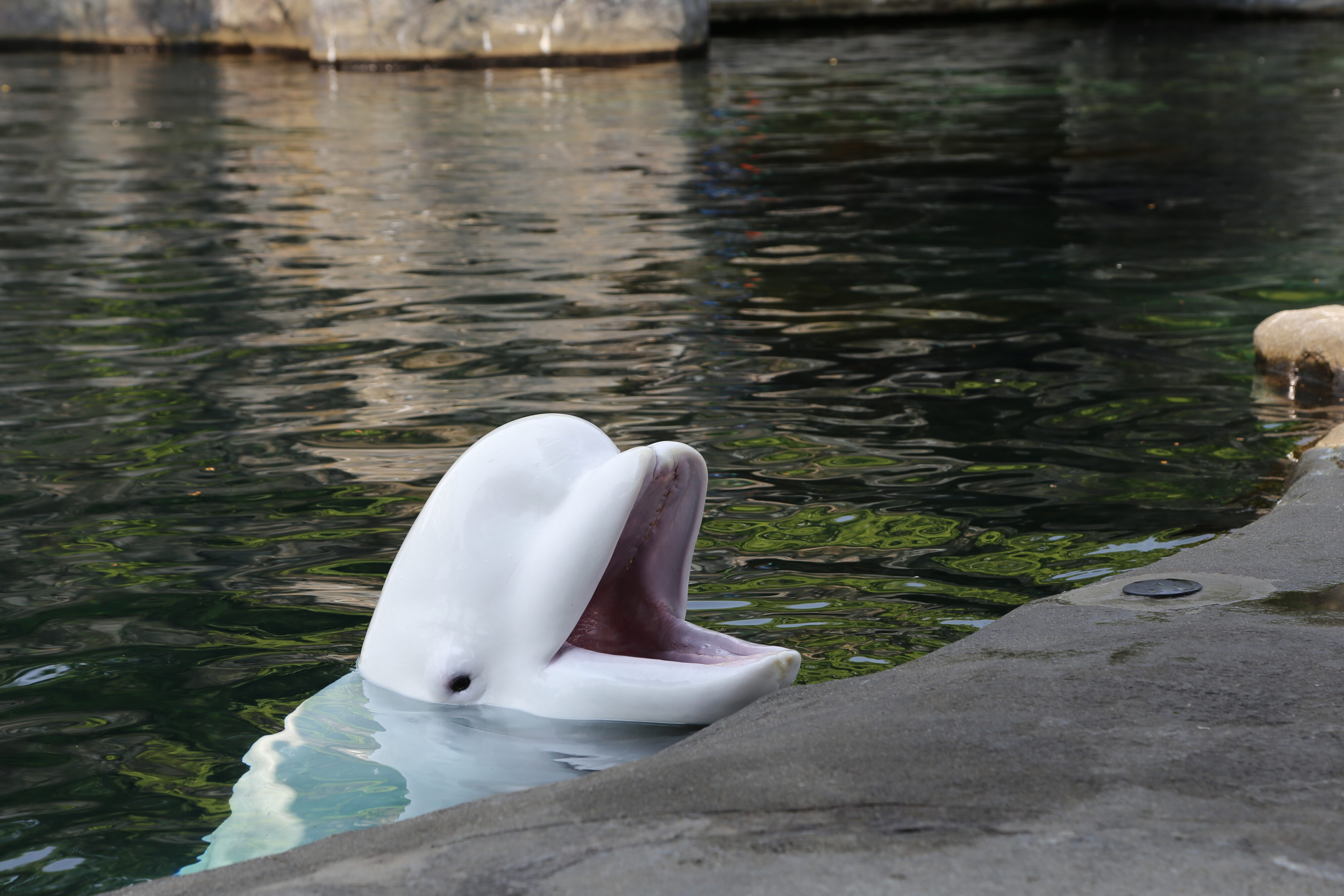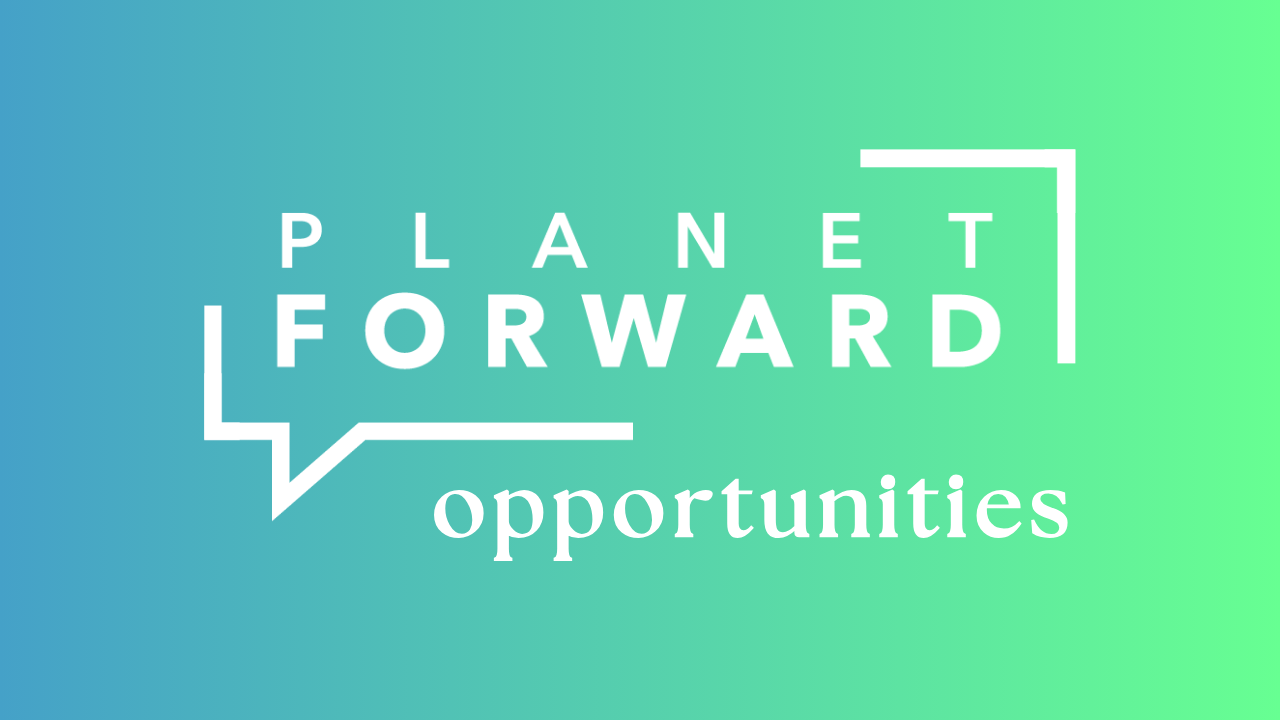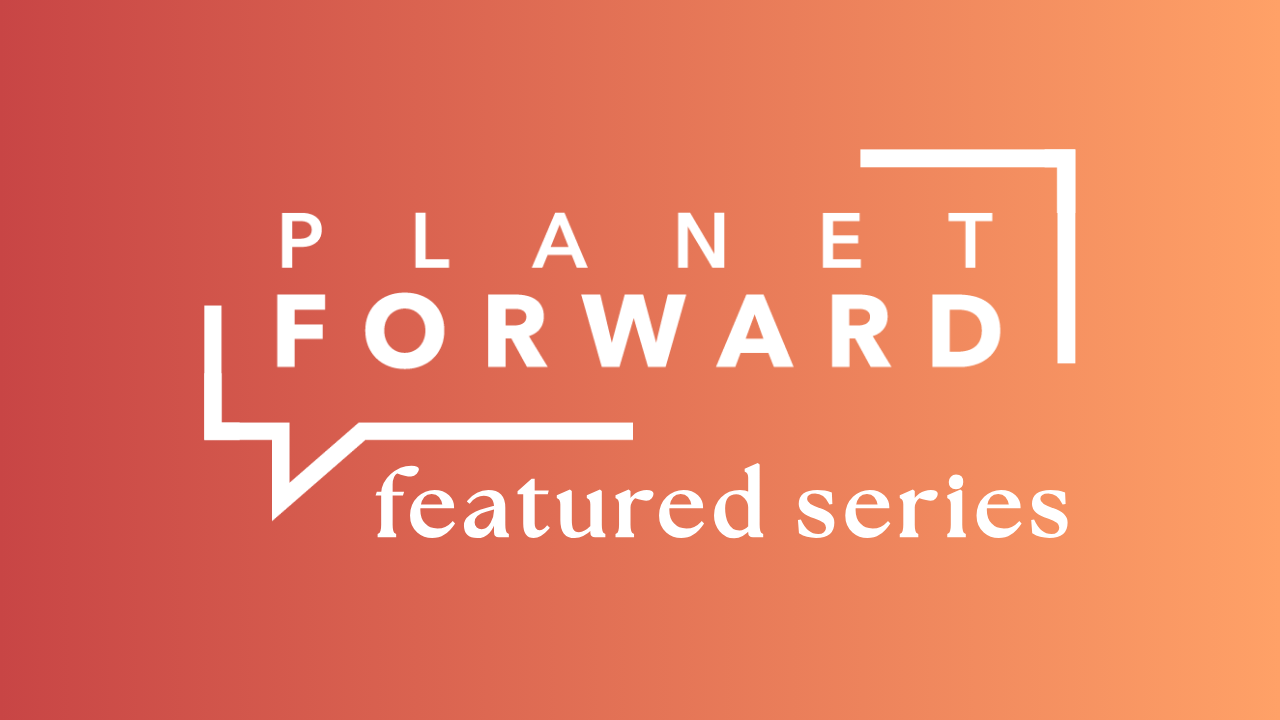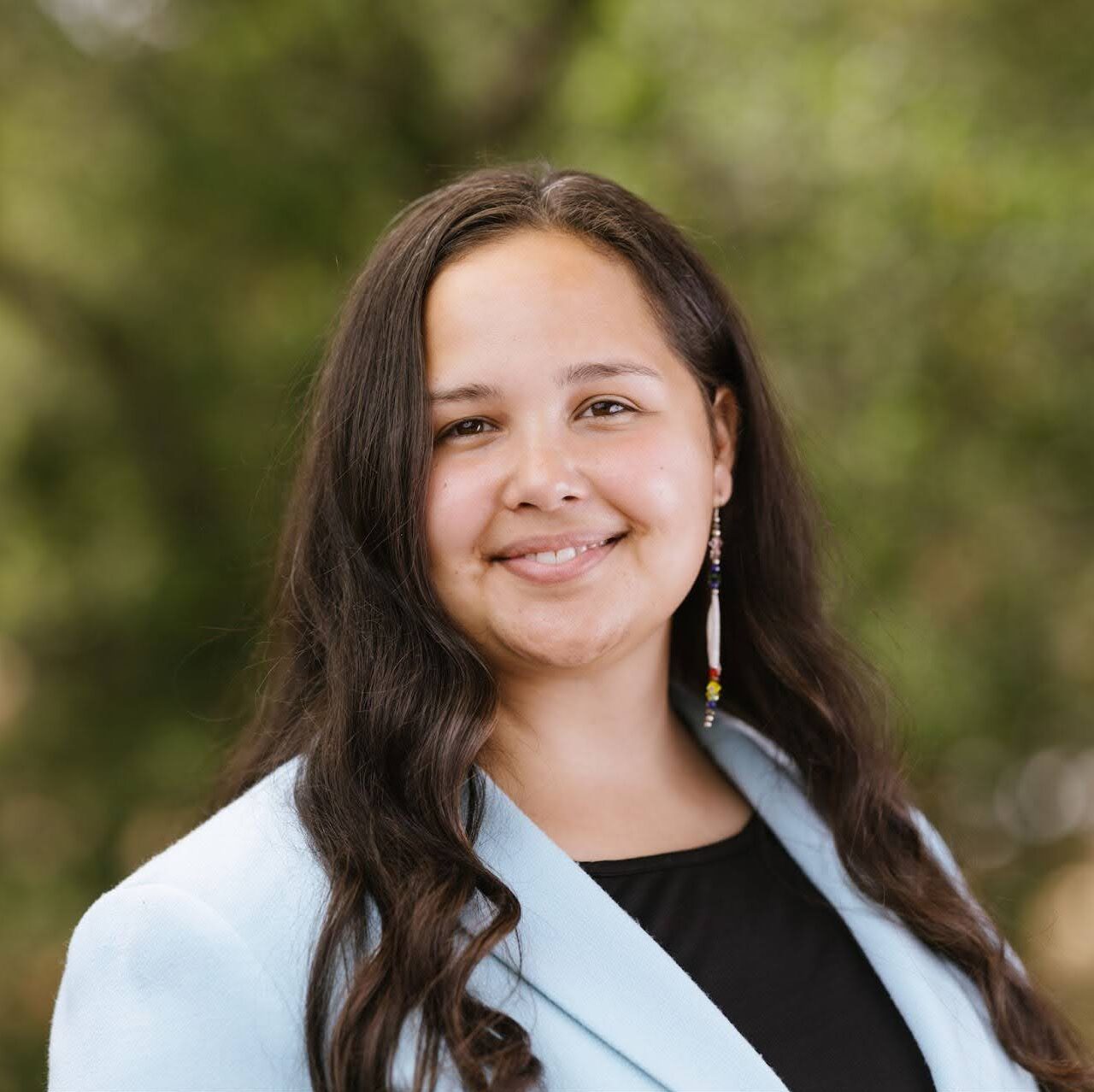Currently, there has been a huge transformation in the design world with regard to how designers approach their work. Amidst our current climate crisis, sustainable solutions have been pushed to the forefront of the industry. Moreover, designers have been called to question their practices and ultimately rethink the way in which they approach projects. With these new considerations, designers can often feel overwhelmed with how to create designs that are sustainable. Determined to become more environmentally aware myself, I began scrutinizing the projects I produced throughout the semester to determine if I had done all I could to reduce excess waste. As I began to think more critically about my own work, I questioned what steps I could have taken throughout my design process to reduce waste. Examining my role as a graphic designer through the lens of sustainability, I gained a better understanding about the designer’s critical role in developing long-term sustainable packaging solutions.
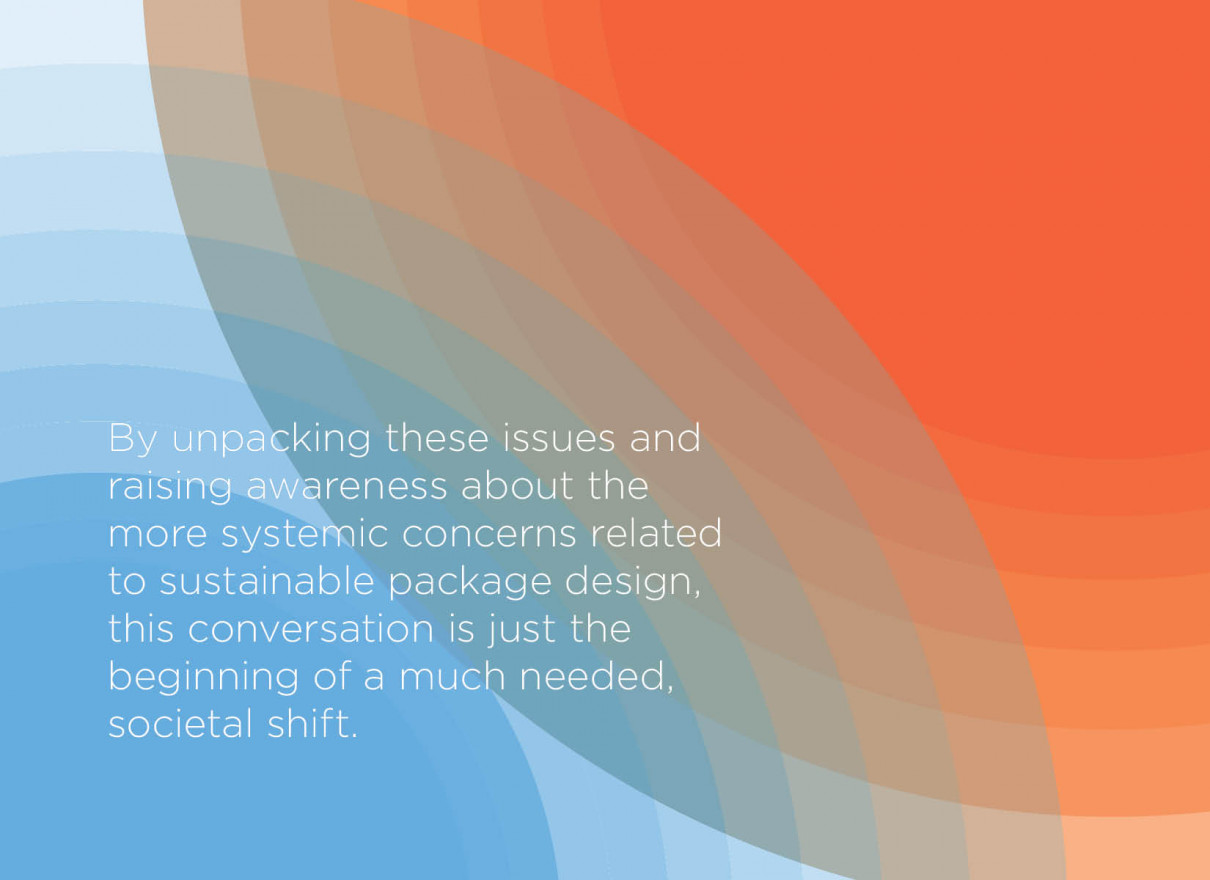
There’s definitely much to unpack within the sustainability movement of design, and it’s becoming increasingly important for designers to open dialogues surrounding what role they play in this movement. Throughout my research, I’ve had the opportunity to engage in many such dialogues. In one, I was able to gain a deeper understanding and appreciation for both sustainable design practices and the designer’s ethical responsibility. This conversation was with Prisca Vilsbol, a Copenhagen-based fashion designer and researcher who champions sustainable design from two perspectives — the technical research side and the designer’s outlook. I first met Vilsbol when she guest lectured during one of my classes. Throughout her presentation she encouraged students to dive deeper and question the makeup of what they were designing and the source of where those materials came from. Vilsbol’s big picture thinking of justifying every material inspired me to closer examine the intersection between packaging, sustainability, and ultimately the designer’s role. Vilsbol’s consideration of both materiality and design provided me with greater insight into the types of questions I should be asking before approaching my own design projects.
This project aims to provide designers with a basic understanding surrounding sustainability as well as serve as a field guide that designers can use to better integrate as well as advocate for sustainable solutions within their own projects. By unpacking these issues and raising awareness about the more systemic concerns related to sustainable package design, this conversation is just the beginning of a much needed, societal shift.
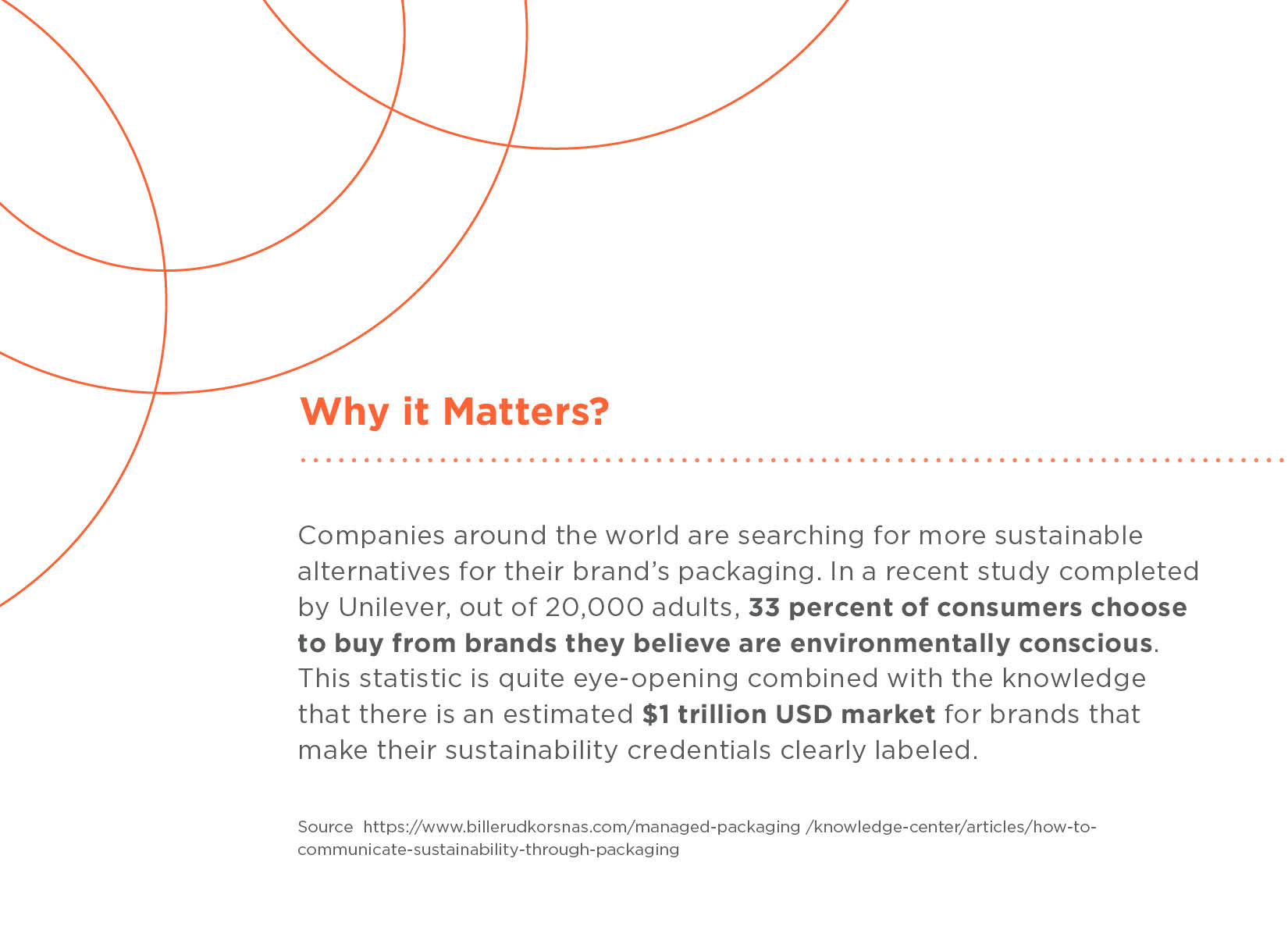
Q&A with Prisca Vilsbol, sustainable fashion designer and researcher

Vilsbol is a Copenhagen-based design researcher and consultant who works primarily in fashion. With her former company, Vilsbol de Arce, she created strong, sculptural and handcrafted collections, worn by the likes of Lady Gaga, Rihanna, and Peaches. She has made it her mission to accelerate the implementation of sustainable and innovative processes in the field of product development. Whether working with textiles, clothing, wearables or mycelium, her fusionist approach to the technical, theoretic and aesthetic challenges of the medium at hand lead to poetic and futuristic translations of complex processes.
Website: https://priscavilsbol.com
Q: When did you first start working in sustainable research? How did you become interested in working in this field?
A: I got into fashion primarily because of the magic of what it could do; the beauty that was in it, but then I soon realized the “unbeauty” of the industry and it “freaked me out.”
With my fashion brand I analyzed “more about how every piece has an excess that had to be justified and every piece I created had to have a justified role.” I like this idea that everything has excess and designers should ultimately justify each piece’s role.
Q: Was it hard to make the change from designer to sustainable researcher?
A: Yes, it was a hard change to make – When working in fashion “I had always been interested in production techniques and how things work.”
I’ve always been curious about these things, new materials and new technologies, such as 3D printing. “I have a sort of engineering mind, when it comes to these things.”
There’s definitely a big gap between research and the design land, and we need to work on bridging this gap. I was able to combine my two passions by expressing myself through design and fashion, as well as the more technical side of things.
Q: How have you seen the field of sustainable research change over the last 5 years?
A: Yes, big time, it has come into foreground. Before it was impossible for sustainability research to get any traction. Now everybody wants to know about it and knows that it is important. There is a big change in interest surrounding the field of sustainability. Now there is more funding and research within the field as well as a larger focus on bio-materials and biomimicry.
Brands like Officina Corpuscoli and Ecovative (using mushrooms to make products) are interesting to follow.
Q: Do you think the term “sustainable” has become a buzz word in the field of design? If so, how can designers push past this and start advocating for real change?
A: By being clear about what’s possible and what’s not possible. People say it’s a sustainable product but nothing is a sustainable product. How and what are we doing now and what we’d like to do, being clear about your direction and what is tangible is very important.
It is important to give the other side of the story — we can do that — by giving both sides of the story about what’s being done and not done. Also we need to get away from this is how things have been done and start making people say it’s more complex and there is not a simple answer. People can deal with more complexity than we give them credit for.
Q: Do you think designer’s have an ethical responsibility when it comes to package design?
A: Definitely I believe there is an ethical responsibility from all sides of the product. There is a sudden focus for sustainable materials — but that is only one tiny piece of the puzzle and it should also include business models and communication. We need to rethink systematically about how we do things like looking at leasing models versus selling models. It’s not just one company — we need packaging solutions for a bunch of different products.
Q: Where do you see package design heading in the next year? And 5 years?
A: Two directions: One looking into what actually needs packaging and the other to be clear about what can be thrown away especially with food. Is it entirely compostable?
Q: Should designers be solely responsible for creating products that drive sustainable change or do consumers also have a responsibility to advocate for this change?
A: Everybody has this responsibility and this is one of the biggest excuses used in industry right now. Big companies like Nike and H&M use this excuse and say that consumers want sustainable products but they aren’t willing to pay the price. However, these companies need to realize that they are the ones that created this demand for low prices in the first place — “80% off can’t always be sold and should not be the norm.” Blaming the consumer for wanting cheaper products should really be placed on these bigger companies for systematically changing the way consumers see the market. If these companies really want sustainable change they need to be on the forefront of making systematic changes and consumers will respond accordingly. Big brands have a responsibility in guiding but designers also have the ability to communicate complicated things in an attractive simpler way — this is a huge part of the switch that needs to be done. Designers also have the ability to spark huge systematic change and create something that is easy to use and hopefully has the right kind of incentives and reward systems.
As designers we have the ability to move something and communicate to the masses by thinking through complex stuff and boiling it down to something that is more accessible to everyone. Throughout this discussion about who is responsible, we often mix up responsibility and blame — responsibility is not blame. Therefore, we should not blame designers, because there is often more than just one group involved. However, designers do have the ability to do something compared to others — how you see the world can have a large impact — therefore designers have this responsibility.
Q: In regards to corporate responsibility, how can designers push companies to take sustainable business risks? Is this already happening? If so are there any examples you can give?
A: It depends on which designers and businesses — some designers that are in a place of extreme power and others just have no power at all. For example designers from H&M and ask me all the time about what they can do. But in reality there is an army of people drawing with little power — which can be extremely limiting. However, it is important to note that any one person in a company can be an activist and ask questions surrounding their company’s mission. Criticism can often lead to opening people’s eyes and raising awareness about an issue or topic.
Create a list of questions to ask your boss or the company you work for… Who made my clothes? Where are these materials coming from? and can we more ethically-source these fabrics? The more people that ask these types of questions the more that people are aware. Then after the 150th person asks that same question it becomes a lot more pertinent. It is a little bit of ‘snowball’ effect here — every little bit/push in the right direction helps. It is also important for designers to inform themselves and be curious.
In regards to package design — graphic designers can research on their own — ask questions like What is this packaging made of? Can I put in compost afterwards? What resources went into making it? So ultimately consumers can make the right choice when they are in the store purchasing these products. Who knows what can happen when designers take initiative, inform themselves, and start proposing alternative solutions.
A lot of people in companies feel that it’s not my job or place to ask these questions. I can’t change this it’s too big — but in reality the tiniest person that asks what something is made from — can lead to a much larger subject or discussion. It just takes one person asking a simple question to ignite a larger conversation.
Q&A with Keely Wachs, Zume Inc., VP of communications & sustainability

Keely Wachs oversees Zume Inc.’s global communications and sustainability agenda for food waste, climate change and ocean conservation. Before joining Zume, Keely worked as Director of Company Affairs for Clif Bar & Company. Zume Inc. is building a technology infrastructure designed to make the food supply chain smarter and more connected to help brands move food closer to demand, improve efficiency and reduce waste.
Website: https://zume.com
Q: Where do you see package design heading in the next year? And 5 years?
A: I see a lot of nature inspired packaging. At Zume we are looking at agriculture waste as a source of packaging material, as well as advanced manufacturing technologies with the goal of driving cycle time and cutting costs. The more you produce in a minute is how to leverage your assets. Also, the packaging industry is going to keep expanding. More and more we are consuming especially with the rise of brands like Instacart, Uber Eats, and Seamless. Packaging helps retain the quality of food as well as the experience. Take for example a pizza box — it needs to retain heat as well as keep moisture out. Here is a huge opportunity for designers to design packages that can separate the crust from grease. The future of package design lies in these elements that can have a functional benefit.
Q: Should designers be solely responsible for creating products that drive sustainable change or do consumers also have a responsibility to advocate for this change?
A: Yes, both have a responsibility. Some water companies are moving from bottles to cans. One company, Loop, discusses using all reusable packaging. However, this is asking a lot of behavioral change from consumers. This idea of a milk carton being delivered everyday goes back to an old methodology of thinking.
Q: Considering that packaging is an essential part to every brand, how can designers start raising awareness to promote sustainable packaging?
A: They can start by designing sustainable packaging that gets consumers talking about the product. Branding products with color and design elements is harder — and many sustainable packages struggle and resort to using “greyish colors.” Sustainable dyes are expensive for companies to use in manufacturing. There is an opportunity to think about a brand’s packaging and for companies to differentiate themselves. Packaging is very much a specialty and there is a huge opportunity that ultimately could also have a large environmental impact.
***
Special Note
I want to give a big thanks and shoutout to Prisca Vilsbol and Keely Wachs for allowing me to interview them and for informing and framing my research for my Senior Capstone Project.
Sources
https://priscavilsbol.com
https://zume.com
https://informaconnect.com/green-by-design/speakers/keely-wachs/
Images
http://ciid.dk/education/visiting-faculty/full-faculty-listing/prisca-vilsbol/
https://www.bisnow.com/national/news/retail/robots-and-pizza-didnt-mix-what-doomed-zume-to-pizza-boxes-103005
How do you move the planet forward?
Submit Story
